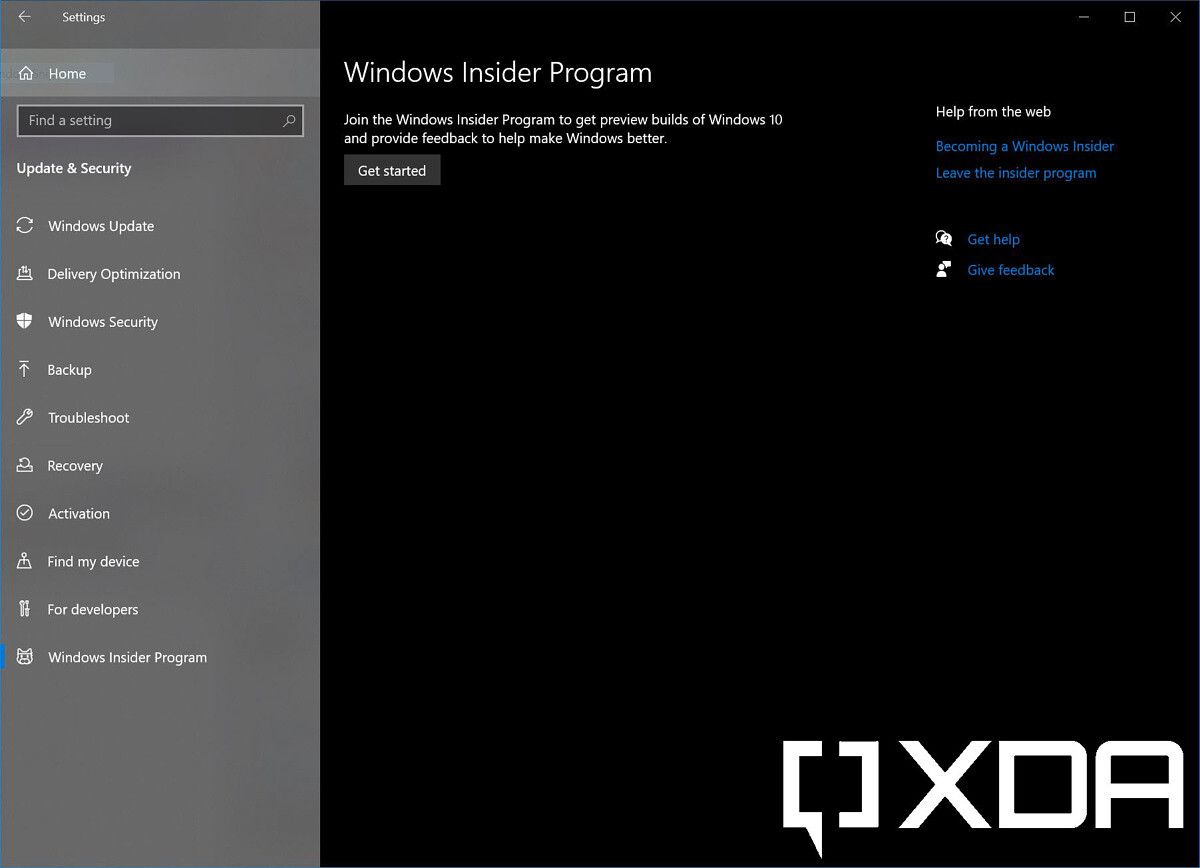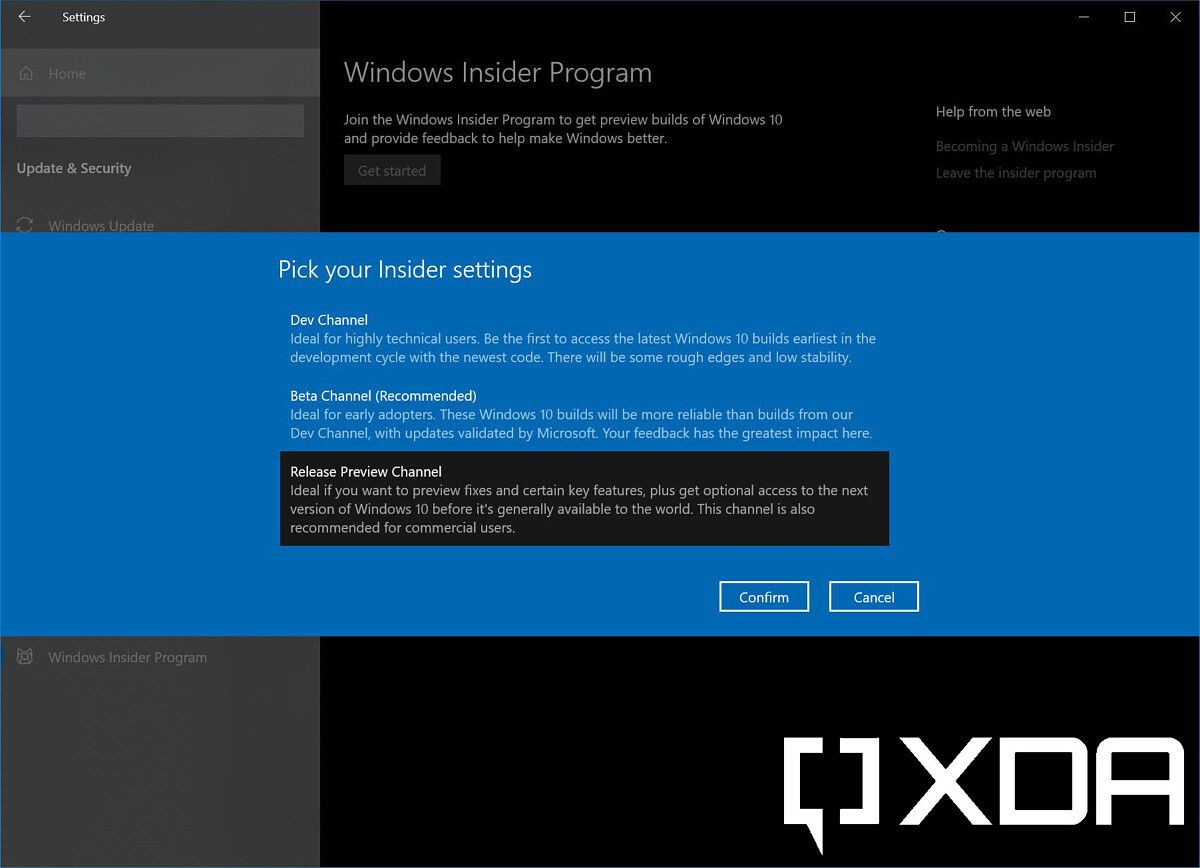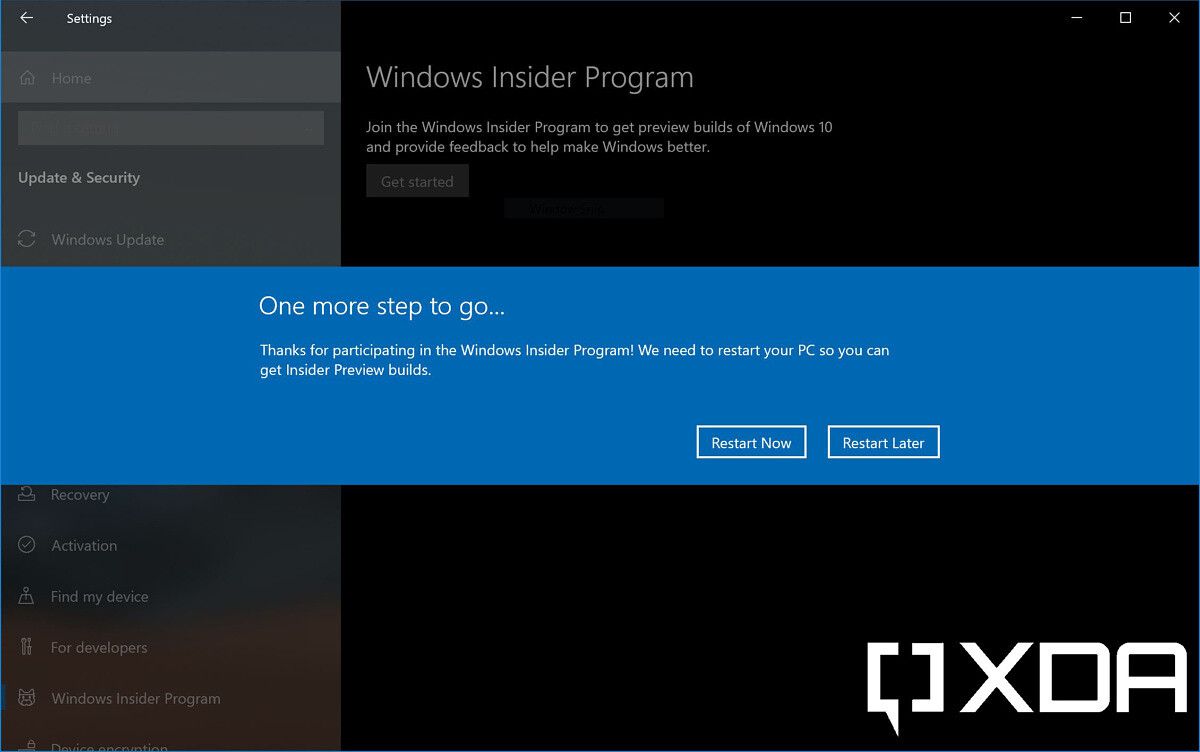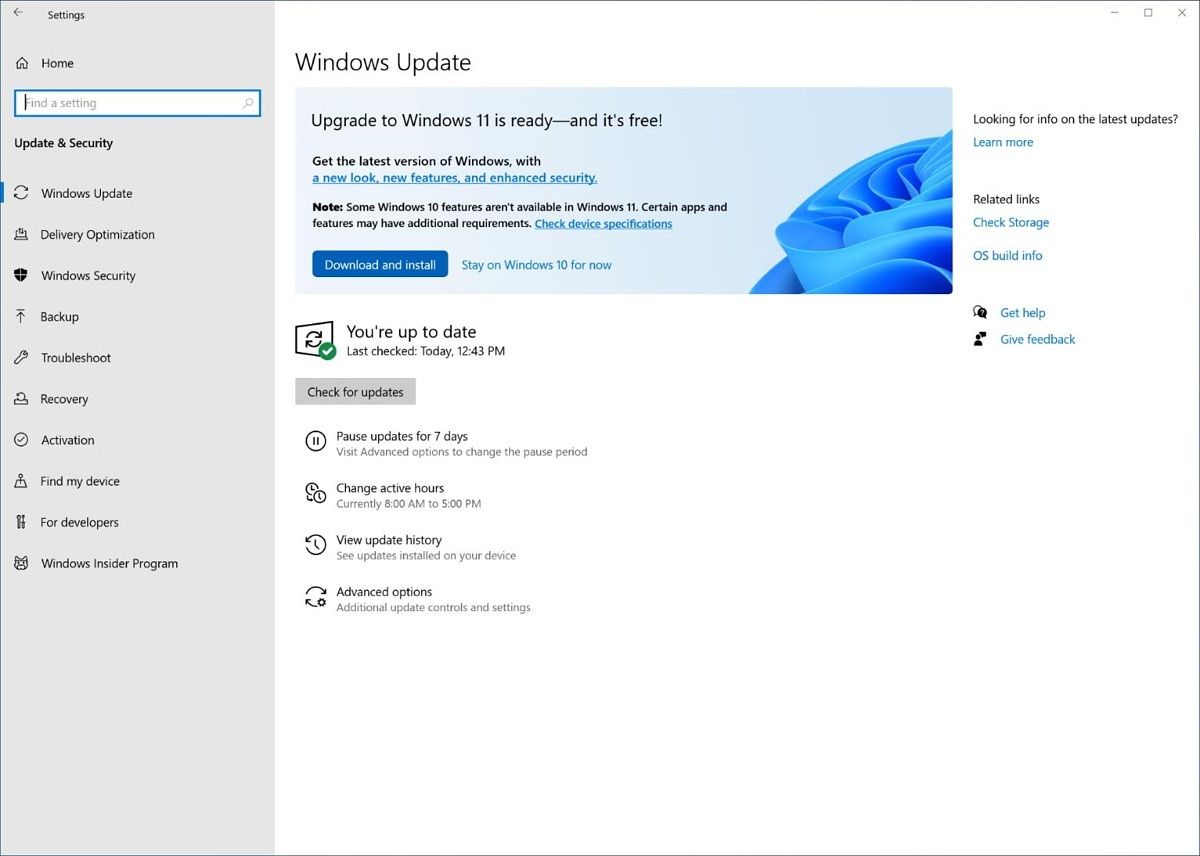Today, Microsoft announced that Windows 11 is generally available, so depending where you are, you can get it now. It might seem a bit early, but the company is taking a different approach to the rollout than usual. Instead of releasing at 10am Pacific Time, the new OS is going to roll out to you when it becomes October 5 in your time zone.
There’s a whole lot that’s new in Windows 11. It has an entirely new design, with a centered Start Menu and taskbar, rounded corners, and more. Live Tiles are gone too, as you’ll now just see icons in the Start Menu. It also comes with a new Widgets panel that replaces News and Interests, and all-new inbox apps.
By now, you probably know all of that. You’re probably just wondering how you can get Microsoft’s latest operating system right now.
Make sure your PC is supported, or get Windows 11 with a new device
Windows 11 increases minimum hardware requirements for the first time since Windows 7 as released in 2009. That means that while it’s a free upgrade, it’s simply not available to everyone.
First, make sure that your PC meets the CPU requirements:
- Intel eighth-gen or newer (or Core i7-7820HQ)
- AMD Zen 2 or newer
- Qualcomm Snapdragon 850 or newer
If you meet those requirements, you should be good to go. There are other increases too, such as a minimum of 4GB RAM and 64GB of storage, but any modern PC should have those. The other big one is TPM 2.0, but since that’s been a requirement on new PCs since 2016, anything with a supported CPU should have it. If for some reason, your PC thinks that you don’t have TPM, it’s probably disabled and you can check out our guide here.
But if you don’t meet the requirements, you have two options. You can, of course, stay on Windows 10, which is still supported until October 2025. With four more years of support, Microsoft isn’t leaving anyone behind here.
The other thing you can do is buy a new PC. We’ve got a list of every single PC we could find that’s eligible to be upgraded, and a bunch of Windows 11-ready devices you can buy.
Get Windows 11 via Windows Update
Depending on where you live, you might start seeing it in Windows Update beginning today. If you get this as an option, it’s definitely the easiest way to go. Unfortunately, this is a staged rollout that’s going to last through mid-2022, so most people aren’t going to be offered it on day one.
Essentially, you’ll see the option if you have a brand-new PC. If it was billed as being ready for a Windows 11 upgrade, then you’ll be one of the first to see it.
Use the Windows Insider Program
You can use the Windows Insider Program to get Windows 11. And don’t worry, we’re not guiding you down a path to get some unstable preview version. This is real Windows that you’re going to download.
- Go to Settings -> Update & security -> Windows Insider Program.
- Click ‘Get started’.

- Go through the prompts, selecting the Release Preview channel.

- When prompted, reboot your PC.

- After it boots up, go back to the Windows Insider Program settings to make sure you’re on the Release Preview channel.
- Go to the Windows Update tab and check for updates.
After you install Windows 11, check out the section on what to do next, or if you previously installed Windows 11 through the Insider Program to get it early.
Get Windows 11 with the Media Creation Tool
For most people that want it and are eligible, the Media Creation Tool is the way to go. It’s not complicated at all, and it just sort of forces your PC to download and install Windows 11. There are a lot of options too. You can choose to clean install the new OS, upgrade your PC, or create an ISO that you can install on another PC.
First, head over to the Media Creation Tool download page, download it, and run it. After that, just follow the on-screen instructions. When you get to the screen that asks if you want to upgrade this PC or create an ISO file, choose the option to upgrade, and you’ll be good to go.
What to do if you’re on the Windows Insider Program
If you joined the Windows Insider Program just to test out Windows 11, you can unenroll now. You’ve been running the production build for a while, so there’s nothing that you need to do.
This doesn’t apply to the Dev channel. If you’re on prerelease builds, then it’s already too late. You need to do a clean installation in order to roll back.
If you’re on the Beta or Release Preview channel, you can go to Settings -> Windows Update -> Windows Insider Program, and choose the option to stop receiving Insider Preview builds. That will move your PC to the Production channel, and you’ll get regular updates, such as next week’s Patch Tuesday update.
This is especially important if you’re on the Beta channel. While the Dev channel is for testing out prerelease features, the Beta channel actually tests out new feature updates. Now that this update is being released, Microsoft could move version 22H2 to the Beta channel soon, or it could wait months to do it. If you don’t want that to happen on your PC, just unenroll. You can always enroll again later.
Make sure to check out our deep dive articles on individual features, along with our full review.
- Windows 11 review
- Windows 11 Photos
- Windows 11 Snipping Tool
- Windows 11 Chat with Microsoft Teams
- Windows 11 Widgets
- Windows 11 Snap Layout and Snap Groups
- Windows 11 Virtual Desktops
- Windows 11 Clock with Focus sessions
- Windows 11 Microsoft Store
- Windows 11 Settings
- Windows 11 Paint
The post Windows 11 is now generally available – here’s how to get it right now appeared first on xda-developers.
source https://www.xda-developers.com/windows-11-generally-available-how-to-get-it/
